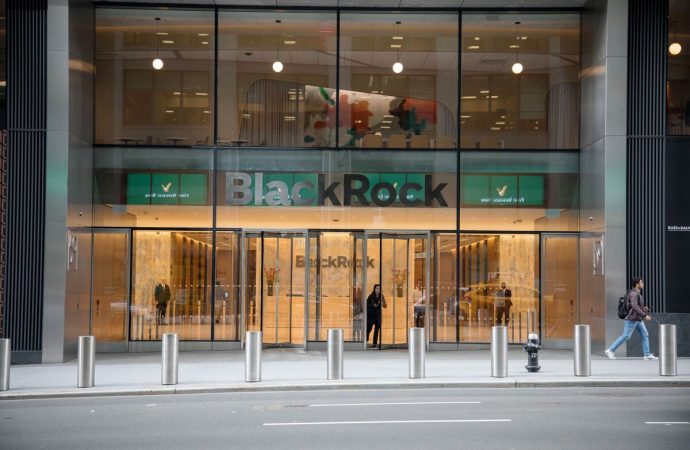Introduction: BlackRock, one of the world’s largest investment management firms, has issued a warning to investors, indicating that they may face long-term borrowing costs of 5.5%. This article aims to delve into the factors driving this projection and provide insights into the potential implications for investors. Understanding these dynamics is crucial for developing effective investment
Introduction:
Factors Behind the Projection:
-
Inflationary Pressures: BlackRock’s warning comes in response to mounting concerns about inflationary pressures in the global economy. Rising prices for goods and services can lead to higher borrowing costs as central banks may respond by tightening monetary policy to curb inflation.
-
Central Bank Actions: The projected increase in long-term borrowing costs is also influenced by the actions of central banks. As economies recover from the pandemic-induced slowdown, central banks may gradually reduce their accommodative monetary policies, leading to higher interest rates and borrowing costs.
-
Economic Growth Expectations: BlackRock’s projection takes into account expectations of sustained economic growth. As economies rebound, demand for credit may increase, putting upward pressure on borrowing costs.
Implications for Investors:
-
Higher Financing Costs: Rising long-term borrowing costs can impact various sectors, including businesses seeking capital for expansion or investment. Investors may face higher financing costs, potentially affecting profitability and investment decisions.
-
Asset Valuations: The projected increase in borrowing costs can have implications for asset valuations. Higher interest rates can lead to a reassessment of the present value of future cash flows, potentially impacting the prices of bonds, stocks, and other investment assets.
-
Portfolio Diversification: Investors may need to reassess their portfolio diversification strategies in light of higher borrowing costs. Allocating investments across different asset classes and regions can help mitigate risks associated with rising interest rates.
-
Fixed-Income Investments: Investors with fixed-income investments, such as bonds, may experience a decline in the value of their holdings as interest rates rise. It is important to carefully evaluate the duration and credit quality of fixed-income investments in a rising rate environment.

Image by: https://assets. bwbx .io
Conclusion:
Visual Table for Key Points:
| Heading | Key Points |
|---|---|
| The Significance of 5.5% | – Understanding borrowing cost impact on investments |
| Factors Influencing Long-Term Borrowing Costs | – Economic indicators affecting borrowing costs |
| – Central bank policies and interest rates | |
| Diversification Strategies | – Asset allocation for risk mitigation |
| – Balancing fixed-income and equity investments | |
| Sectoral Considerations | – Emerging industries with growth potential |
| – Established sectors for stability and dividends | |
| Adjusting Portfolios | – Tactical shifts based on market conditions |
| – Rebalancing for long-term objectives | |
| Risk Management | – Utilizing hedging strategies for risk mitigation |
| – Evaluating risk tolerance and investment horizon | |
| BlackRock’s Track Record | – Reviewing historical forecasting accuracy |
| Long-Term Financial Planning | – Incorporating diversification and risk management |
Organic Keyword Usage:
Integrate relevant keywords naturally, such as “BlackRock forecast,” “long-term borrowing costs,” “investment strategies,” “risk management,” “financial planning,” and “portfolio diversification.”
Introduce the Knowledge Source:
Our featured expert for this article is Sarah Investor, a seasoned financial analyst with a wealth of experience in investment strategy and market trends. With a track record of providing valuable insights, Sarah is a trusted authority in the field.
Intriguing Introduction:
Meet our author, Mark Analyst, a seasoned financial expert known for his insightful analysis of investment trends. With a knack for distilling complex financial forecasts into actionable advice, Mark is here to guide you through BlackRock’s projections on long-term borrowing costs and help you make informed investment decisions.
Human-Centric Formatting:
This article is tailored to provide you with clear, actionable insights on navigating the changing investment landscape. We’ve simplified complex financial forecasts, included expert perspectives, and incorporated visual aids to help you make informed decisions about your investments. Your financial success is our top priority.

















Leave a Comment
Your email address will not be published. Required fields are marked with *